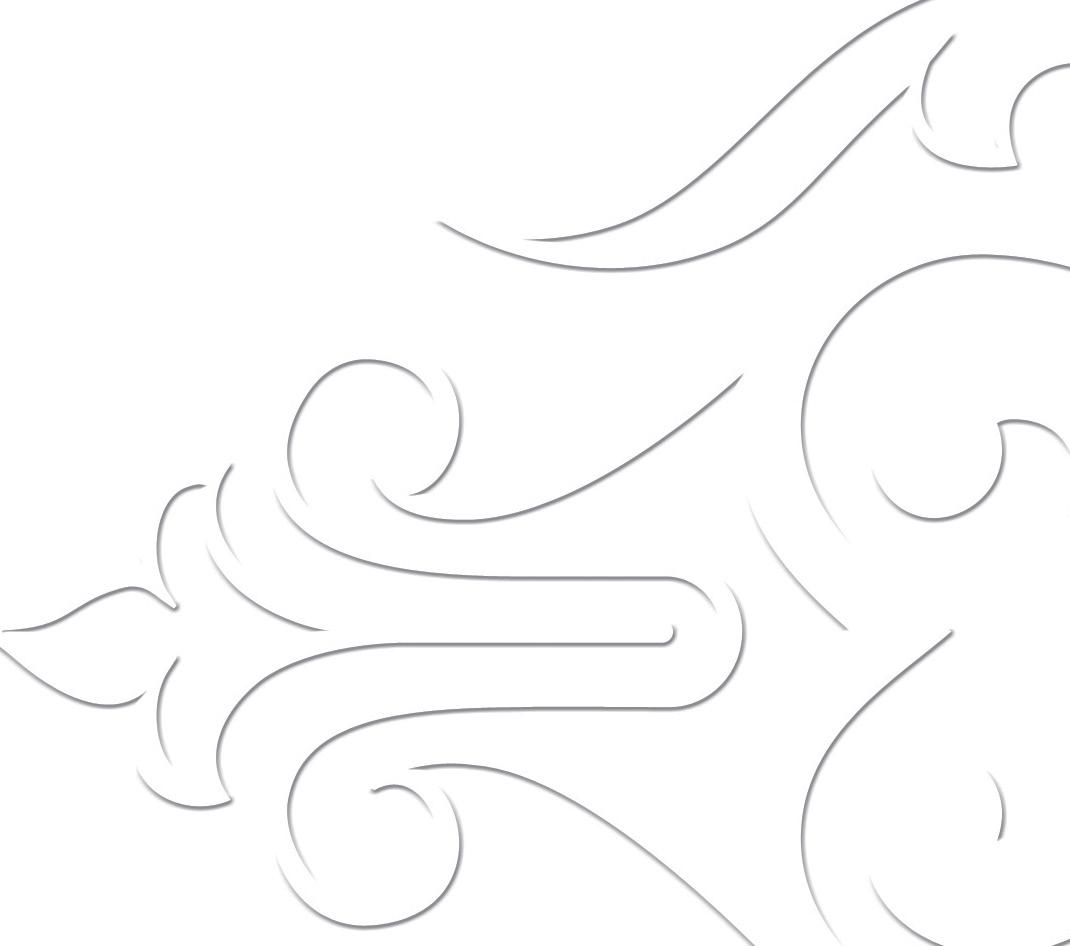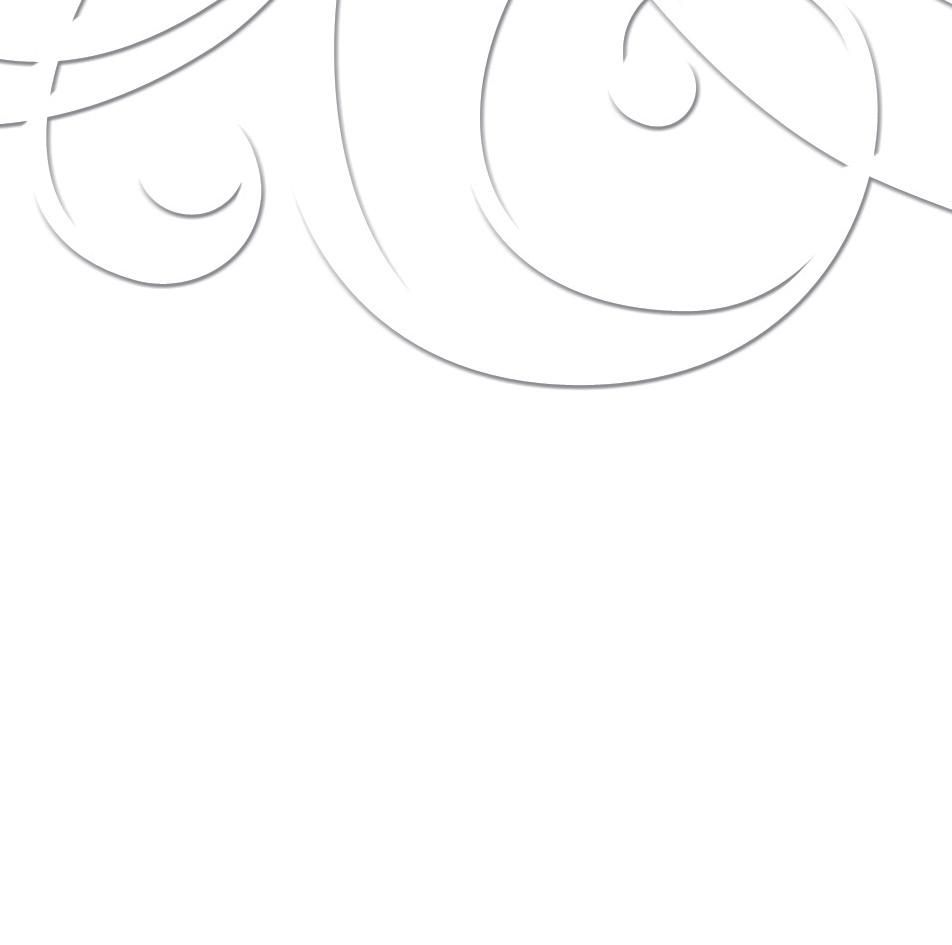PANISELLO
Meister Eckhart: Mystical Song for Soprano and Mixed Ensemble
Full Score








Meister Eckhart: Mystical Song for Soprano and Mixed Ensemble
Full Score







(2019) for Soprano and Mixed Ensemble
LEIP ZI G L ONDO N NE W YOR K
for Cristóbal Soler
Commissioned by the 58 Semana de Música Religiosa de Cuenca. First performance on 20th April 2019 at Teatro Auditorio de Cuenca by Anna Davidson, soprano, PluralEnsemble and Nacho de Paz, guest conductor.
Voice (soprano)
Flute, doubling Piccolo Flute
Clarinet in Bb, doubling Bass-Clarinet in Bb
Horn in F
Percussion (1 player)
Vibraphone (F3 – F6)
Bass Drum
Piano
Violin
Viola
Violoncello
Score in C
Performance remarks:
Piccolo flute sounds one octave higher than notated.
Alterations only valid for the specific note and octave.
The work can be performed either acoustically or including a microphone for the whispered parts of the singer.
I
In dem begin hô uber sin ist ie daz wort. ô rîcher hort, dâ ie begin begin gebâr!
ô vader brust, ûz der mit lust daz wort ie vlôz! doch hat der schôz daz wort behalden, das ist wâr.
Von zwên ein vlût, der minnen glût der zweier bant, der zweien bekant, vlûzet der vil sûze geist vil ebinglîch, unscheidelîch, dî drî sîn ein. weiz du waz? nein. iz weiz sich selber aller meist.
Der drîer strik hat tîfen schrik, den selben reif nî sin begreif: hîr ist ein tûfe sunder grunt. schach unde mat zît, formen, stat! der wunder rink ist ein gesprink, gâr unbewegit stêt sîn punt.
IV
Des puntez berk stig âne werk, vorstentlichkeit! der wek dich treit in eine wûste wunderlîch, dî breit, dî wît, unmêzik lît. dî wûste hat noch zît noch stat, ir wîse dî ist sunderlîch.
Das wûste gût nî vûz durch wût, geschaffen sin quam nî dâ hin: us ist und weis doch, nimant was. us hî, us dâ, us verre, us nâ, us tîf, us hô, us ist alsô, daz us ist weder diz noch daz.
VI
Us licht, us clâr, us vinster gâr, us unbenant, us unbekant, beginnes und ouch endes vrî, us stille stât, blôs âne wât. wer weiz sîn hûs? der gê her ûz und sage uns, welich sîn forme sî.
VII
Wirt als ein kint wirt toup, wirt blint! dîn selbes icht mûz werden nicht, al icht, al nicht trîb uber hôr! lâ stat, lâ zît, ouch bilde mît! genk âne wek den smalen stek, sô kums an der wûste spôr.
VIII
Ô sêle mîn genk ûz, got în! sink al mîn icht in gotis nicht, sink in dî grundelôze vlût! vlî ich von dir, du kumst zum ir. vorlîs ich mich, sô vind ich dich, ô uberweselîches gût!
Commissioned by the 58 Semana de Música Religiosa de Cuenca. First performance on 20th April 2019 at Teatro Auditorio de Cuenca by Anna Davidson, soprano, PluralEnsemble and Nacho de Paz, guest conductor.
The conductor indicates attacks 1, 2 and 3.
**/ Perform this passage always legatissimo, as a prayer of an ancient culture and interpreting the different pitches as "different colours of the same note". The singer should reach every new pitch or colour through subtle glissandi at the very end of the note value and at the very beginning of the next.
***/ The units (different values) are unequal and irregular.
The attacks of the ensemble should not coincide with the singer's breathing.
sussurrato as fast as possible, in ejaculatory style
vlûzet der vil sûze geist der zweier bant, den zweien bekant,
vlûzet der vil sûze geist vil ebinglîch, unscheidelîch,
*/ Play everything with the right hand and mute the strings with the left hand between the bridge and the keyboard, shifting the fingers "ad lib" in the frame of 2-4 centimetres in order to get different overtones and multiphonic sounds.

*/ The syllables always have individual and irregular durations.
**/ Use 5 different fingerings in the 1/2 tone for the bisbligiando in order to get microchromatic intervals.
***/ Bend the note that has been played on a previous beat. The bend should occur on the indicated beat as a glissando by playing it with a rubber mallet during the resonance but without playing the note again.
sussurrato as fast as possible, in ejaculatory style (absolutely together with the flute)
Intense, like a community prayer in "archaic" style
Von zwên ein vlût, der min - nen glût, der zwei - er bant, den zweien be - kant,
derdrier strik hat tî - fen schrik, den
dem be gin hôu- ber sin ist iedaz wort.
hort, Us licht,us clâr, us vinster gâr, us un - be - nant,
Wirt als ein kint wirt toup, wirtblint! dîn sel - bes icht
Des puntez berk stig â - ne werk vorstendlichkeit!
Das wûs - te gût nî vûz durch wût ge - scha-ffen sin quamnî dâ hin:

For more than 200 years, Edition Peters has been synonymous with excellence in classical music publishing. Established in 1800 with the keyboard works of J. S. Bach, by 1802 the company had acquired Beethoven’s First Symphony. In the years following, an active publishing policy enabled the company to expand its catalogue with new works by composers such as Brahms, Grieg and Liszt, followed in the twentieth century by Richard Strauss, Arnold Schoenberg and John Cage.
Today, with its offices in Leipzig, London and New York publishing the work of living composers from around the world, Edition Peters maintains its role as a champion of new music. At the same time, the company’s historic and educational catalogues continue to be developed with award-winning critical and pedagogical editions.
Seit über 200 Jahren steht die Edition Peters für höchste Qualität im Bereich klassischer Notenausgaben. Gegründet im Jahr 1800, begann der Verlag seine Tätigkeit mit der Herausgabe von Bachs Musik für Tasteninstrumente. Schon 1802 kamen die Rechte an Beethovens erster Sinfonie hinzu. In der Folgezeit wuchs der Katalog um neue Werke von Komponisten wie Brahms, Grieg und Liszt sowie – im 20. Jahrhundert –Richard Strauss, Arnold Schönberg und John Cage. Als Verleger zahlreicher zeitgenössischer Komponisten aus aller Welt ist die Edition Peters mit ihren Standorten Leipzig, London und New York auch weiterhin Anwalt neuer Musik. Zugleich wird das Verlagsprogramm im klassischen wie im pädagogischen Bereich kontinuierlich durch vielfach preisgekrönte Ausgaben erweitert.